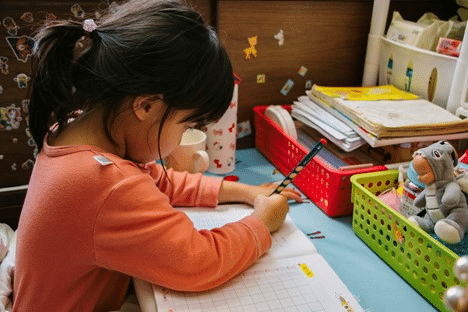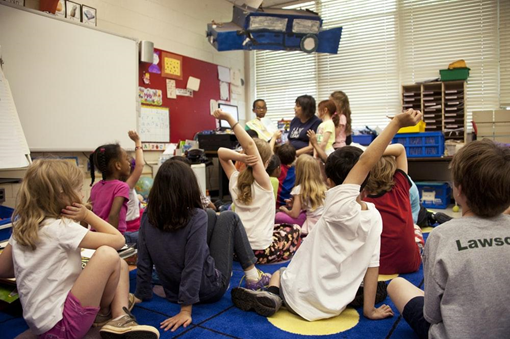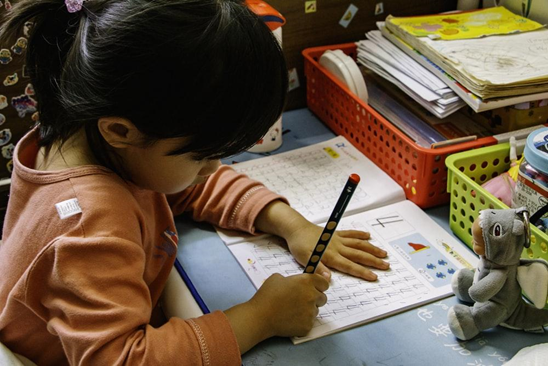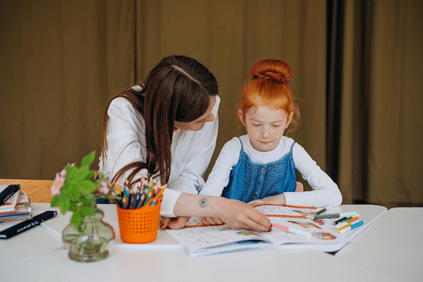Unveiling the Essentials: The Basics of the Science of Reading
In the realm of education, the science of reading stands as a beacon of knowledge, guiding educators, parents, and learners alike on the path to literacy mastery. But what exactly does this science entail, and why is it so crucial in the realm of literacy instruction? Let's embark on a journey to uncover the fundamentals of the science of reading and its profound impact on education.
At its core, the science of reading is a multidisciplinary field that draws insights from cognitive psychology, linguistics, neuroscience, and education research. Its primary aim is to unravel the intricate processes underlying reading acquisition and comprehension, offering evidence-based strategies to enhance literacy instruction.
One of the foundational principles of the science of reading is the alphabetic principle, which posits that written language is a code where letters represent speech sounds. Mastery of this principle enables learners to decode written words accurately and efficiently, laying the groundwork for fluent reading. Phonemic awareness, phonics instruction, fluency, vocabulary, and comprehension are the key components that comprise the science of reading framework.
Phonemic awareness, the ability to identify and manipulate individual sounds in spoken words, serves as a precursor to phonics instruction. Through activities such as rhyming, blending, and segmenting, learners develop a heightened sensitivity to the sounds of language, facilitating the transition to decoding written words.
Phonics instruction builds upon phonemic awareness by teaching the relationship between sounds and their corresponding letters or letter combinations. Systematic and explicit phonics instruction equips learners with the essential skills to decode unfamiliar words, empowering them to read with accuracy and confidence.
Fluency, the ability to read text accurately, quickly, and with expression, is another critical aspect of the science of reading. Fluent readers effortlessly decode words, allowing them to focus on comprehension and derive meaning from the text. Guided repeated reading, oral reading practice, and explicit instruction in prosody contribute to the development of fluency skills.
Vocabulary knowledge plays a pivotal role in reading comprehension, as words are the building blocks of meaning. The science of reading emphasizes the importance of direct vocabulary instruction, exposure to rich and diverse language experiences, and strategies for word learning and retention.
Comprehension, the ultimate goal of reading, involves constructing meaning from text by integrating prior knowledge with information presented in the text. The science of reading advocates for explicit instruction in comprehension strategies such as summarization, questioning, visualization, and inference-making, equipping learners with the tools to become proficient comprehenders.
In recent years, the science of reading has garnered increased attention and recognition, prompting a paradigm shift in literacy instruction. Educators are embracing evidence-based practices grounded in the principles of the science of reading, leading to improved outcomes for learners of all ages and abilities.
However, implementing the science of reading effectively requires a collective effort from educators, policymakers, families, and communities. Professional development opportunities, curriculum alignment, and access to high-quality instructional materials are essential components of a comprehensive approach to literacy instruction.
In conclusion, the science of reading serves as a guiding light in the quest to unlock the mysteries of literacy acquisition and comprehension. By embracing its principles and practices, we can empower learners to become proficient readers and lifelong learners, ensuring a brighter future for generations to come.














